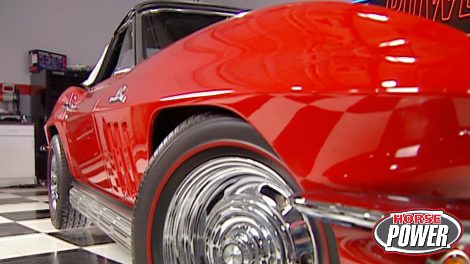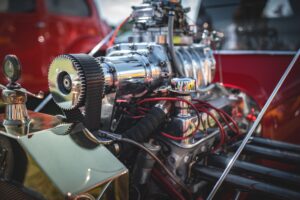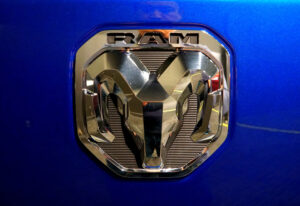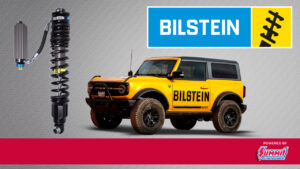
Nova Fenders
We breathe new life into Project Stink Ray, a '76 Corvette once left to rust, by revamping its suspension and brake systems. From installing a sophisticated kit with tubular control arms and a fiberglass mono leaf spring to swapping in modern rotors and calipers, we bring this classic car's handling and performance into the 21st century.
Season 9
Episode 15




























